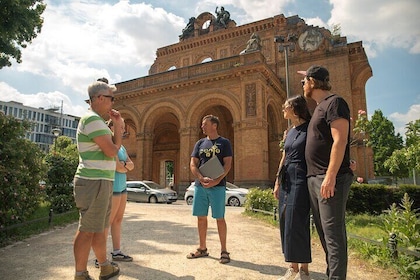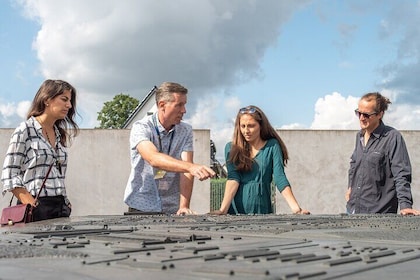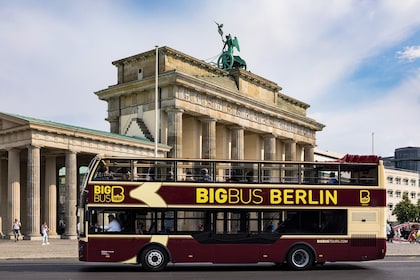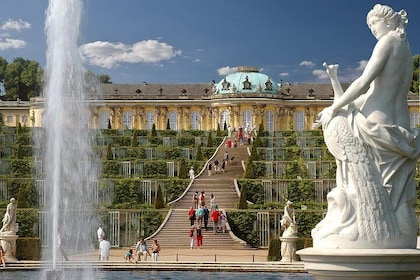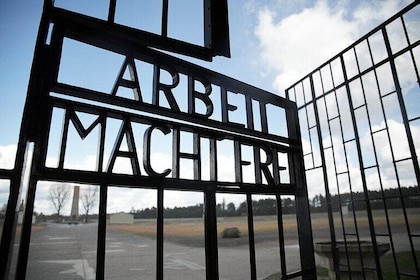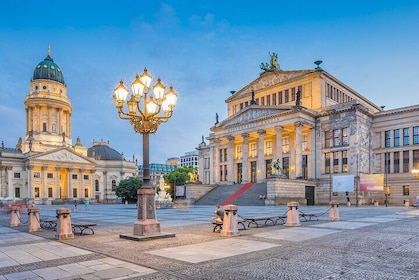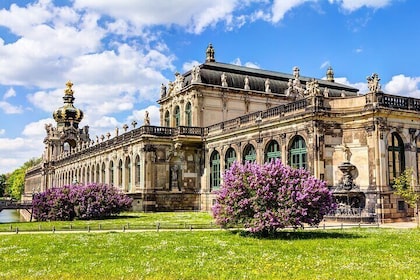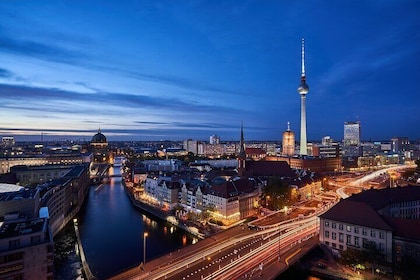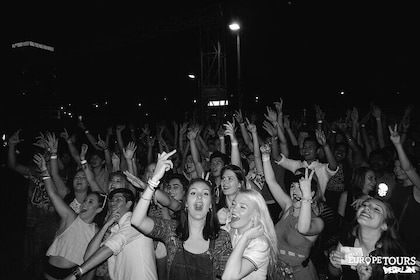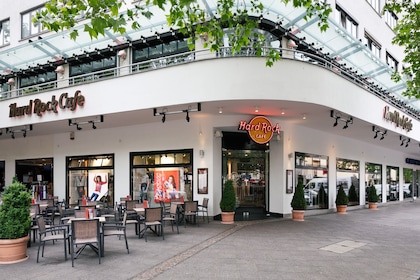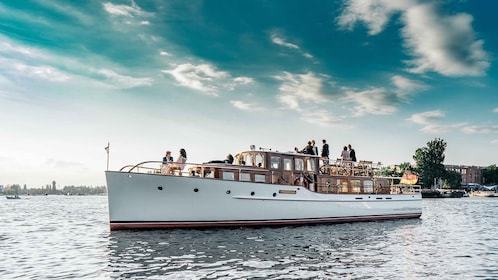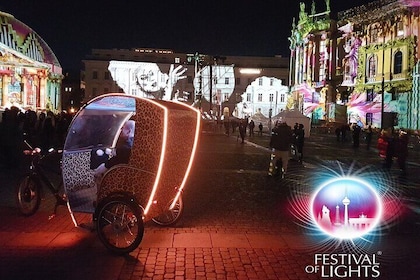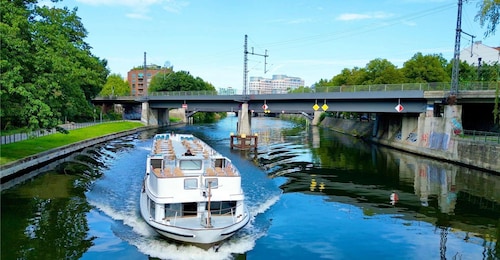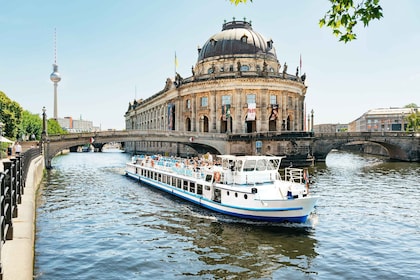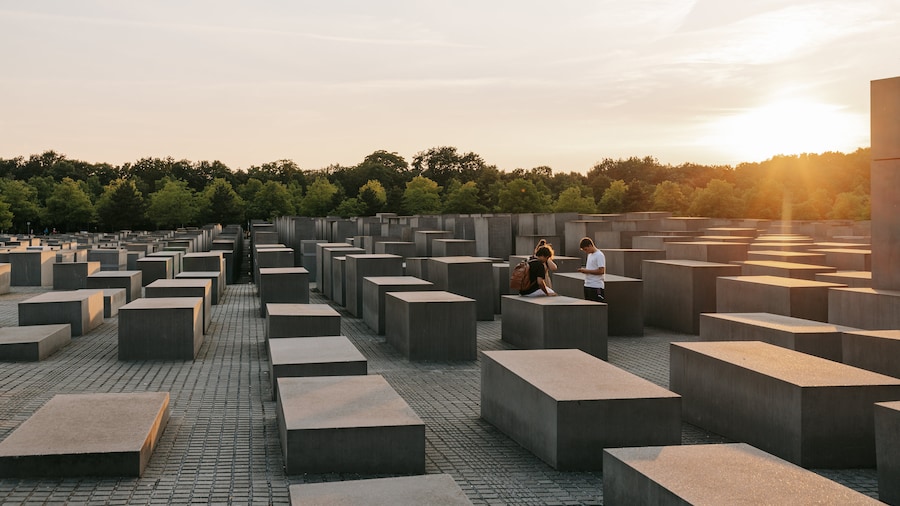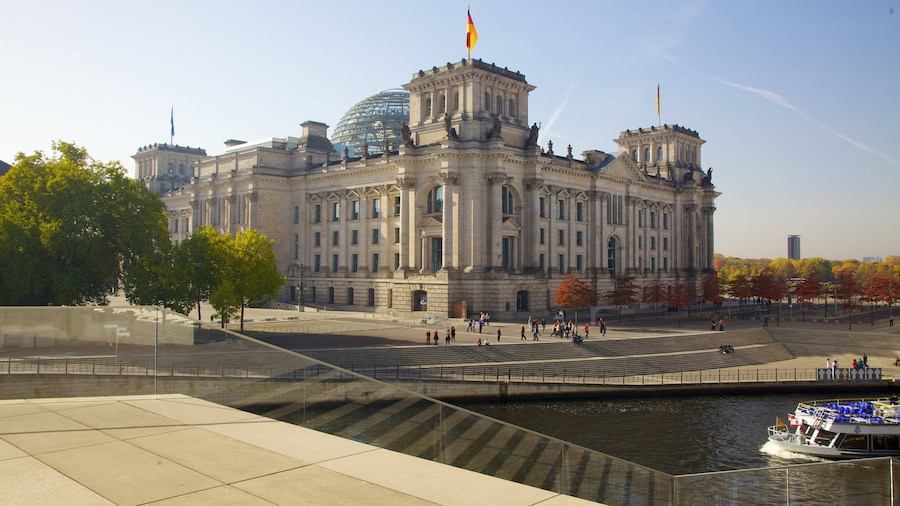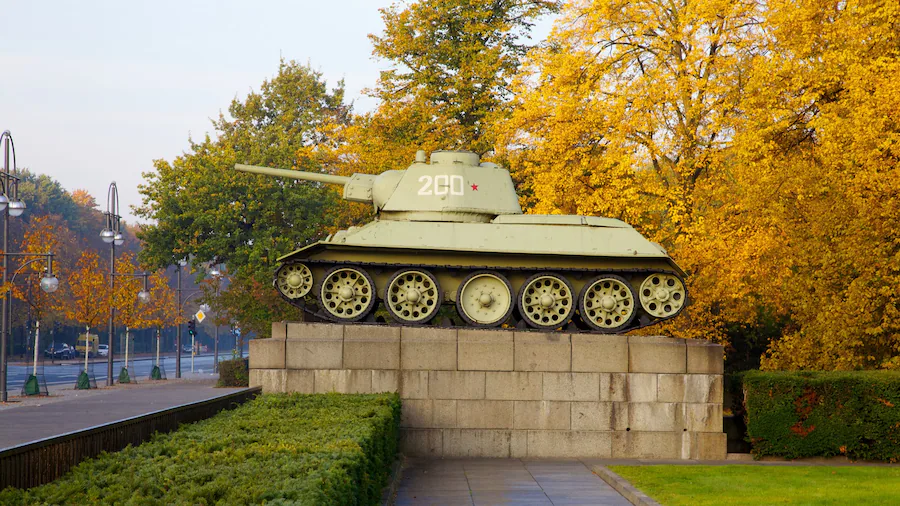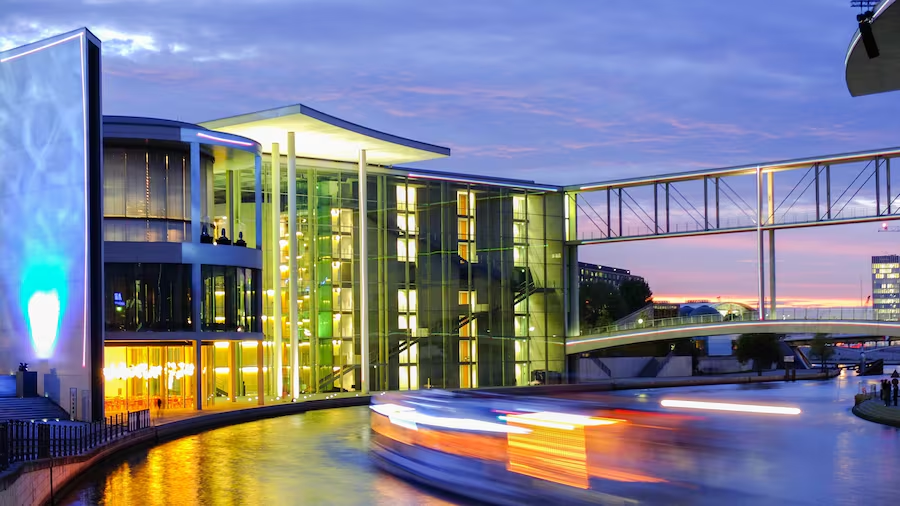This symbol of German unification ranks alongside Paris' Arc de Triomphe as one of Europe’s most iconic and emotive monuments.
This enormous monument in the form of a neoclassical arch constructed from sandstone, is intrinsically linked with the history of Berlin and Germany. Built over two centuries ago, in 1791, the Brandenburg Gate was originally constructed to mark the entrance to Unter den Linden, Berlin's grandest boulevard. The arch was also intended to be a symbol of peace. There is a clear Greek influence in this monument, with the design of the Brandenburg Gate closely corresponding to the Acropolis in Athens.
The Brandenburg Gate played a significant part in the Napoleonic era of history. When the infamous military general defeated the Prussian army in 1806, he marched his army triumphantly through the Brandenburg Gate into Berlin. Napoleon also took the gate’s crowning statue back with him to France, but the statue of Victoria has since been returned to Berlin and sits atop of the Brandenburg Gate to this day.
Far from fulfilling its original purpose, the gate was later to be utilised, predictably, as a powerful propaganda tool by the Nazis, and later was in a state of almost complete ruin on the border between East and West Germany. One of the most famous incidents associated with the gate in recent decades was Ronald Reagan’s speech here in 1986, when he instructed Mikhail Gorbachev to tear down the Berlin Wall. In December 1989 the Brandenburg Gate was reopened to traffic, and once again the monument stood as a symbol of unity.
Before experiencing the gate itself, you can spend some time in the Raum der Stille (Room of Silence), which is another element that contributes to the sense of unity at the heart of the modern Brandenburg Gate. This is a room where people from all backgrounds are encouraged to put aside their differences and spend time together in harmony.
This is a historical site of great importance, and is particularly attractive when lit up for the New Year celebrations. The Brandenburg Gate sits between the Reichstag building and the Holocaust Memorial, and is serviced by S-Bahn and U-Bahn train stations.






